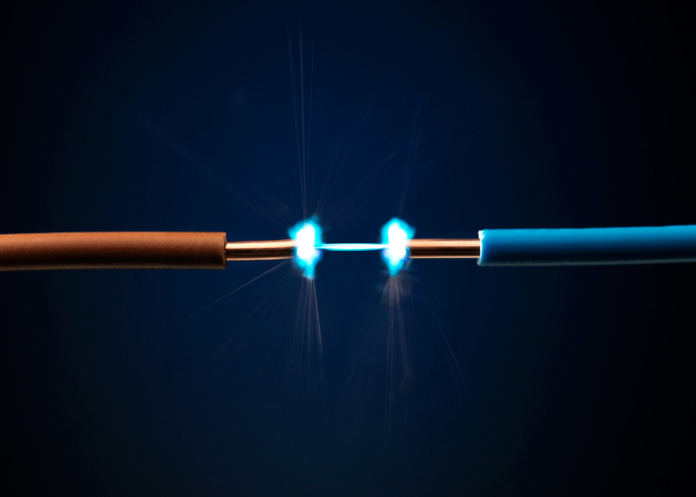Advances have been made in the thermoelectric performance of organic semiconductors by scientists at the U.S Department of Energy’s National Renewable Energy Laboratory (NREL). It’s an exciting discovery and one that demonstrates just how significant semi-conducting single-walled carbon nanotubes (SWCNTs) are when it comes to producing efficient material for thermoelectric generators.
“There are some inherent advantages to doing things this way,” said Jeffrey Blackburn, co-lead author of the study and a senior scientist in the Chemical and Materials Science and Technology Center at NREL. Some of which include the promise of producing inexpensive, flexible, and lightweight semiconductors.
The introduction of SWCNT into fabrics could prove to be an important feature of future wearable electronics. By using the person’s body heat to convert into electricity, the semiconductor could power sensors integrated into clothing or even portable electronics, said Andrew Ferguson, co-author and also a senior scientist in the Chemical and Materials Science and Technology Center.
This is the third paper Blackburn and Ferguson have published in the past two years that focuses on SWCNTs. The first paper was published in Nature Energy and demonstrated the potential that SWCNTs have when it comes to thermoelectric applications. Only in this study, the films retained much of the insulating polymer. The second paper was published in ACS Energy Letters and showed how removing the polymer improved its thermoelectric properties.
The newest paper revealed that removing polymers from all SWCNT materials boosted the thermoelectric power even more so. It also showed improvements in the way in which charge carriers move through the semiconductor. Another thing that was demonstrated in the latest paper was how the same SWCNT film managed to achieve the same performance when doped with either positive or negative carriers.
Two materials that are needed to generate sufficient electricity in a thermoelectric device are p-type and n-type legs. Semiconducting polymers normally produce n-type materials that perform far worse than the p-types. Because SWCNT films have the ability to make p-type and n-type legs with the same performance from the same material, means the electrical current in each leg is balanced also. “We could actually fabricate the device from a single material,” Ferguson said. “In traditional thermoelectric materials, you have to take one piece that’s p-type and one piece that’s n-type and then assemble those into a device.”
More News to Read

